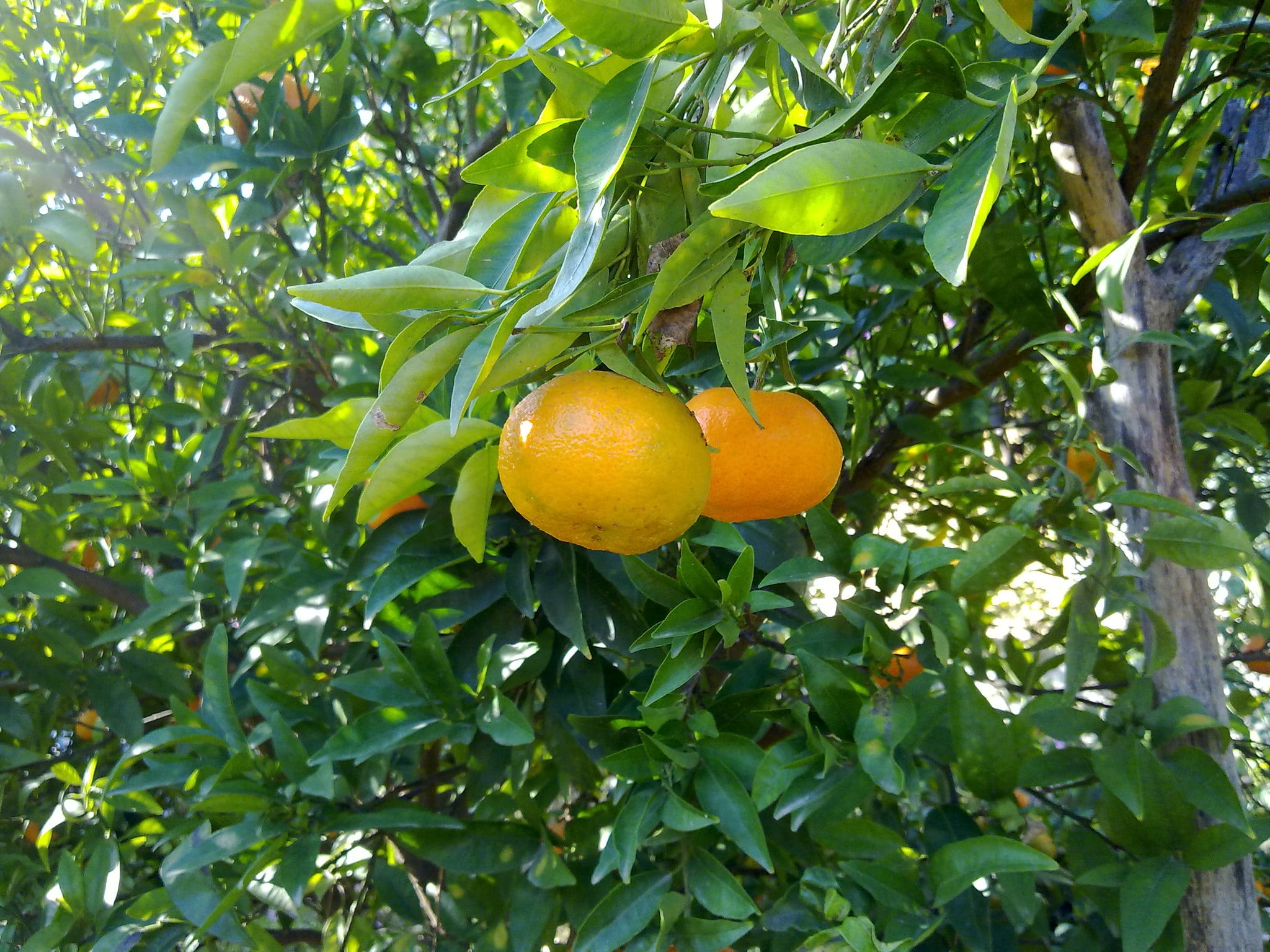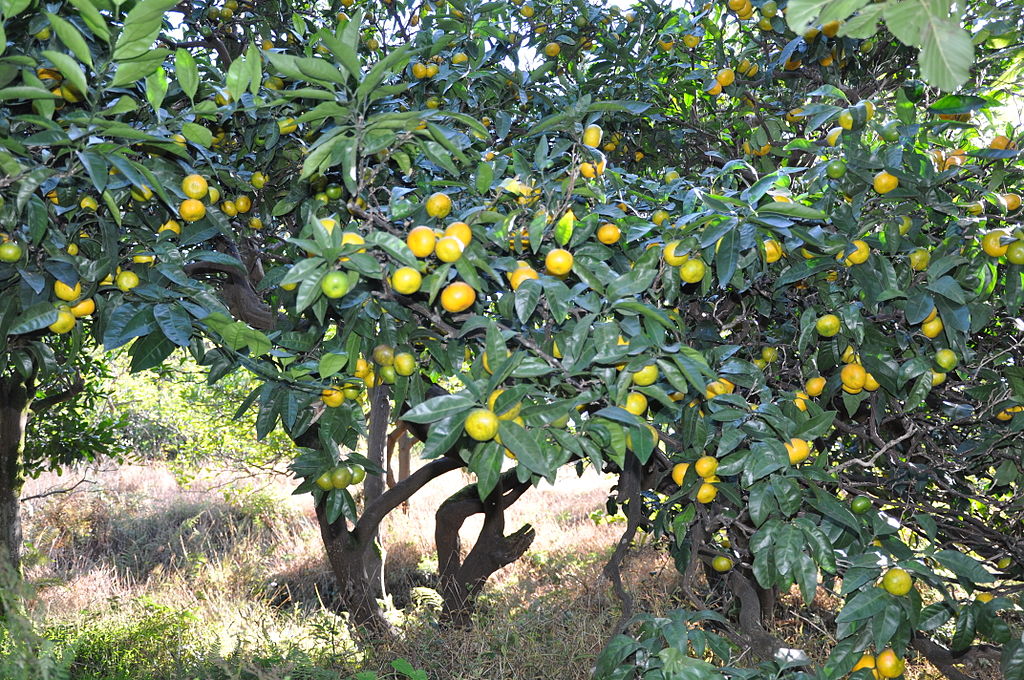
Image sourced from Flickr/Allium Herbalist: www.alliumherbal.com
You may want to know what are the evergreen fruit trees that can be planted in a small garden, and you may also do nothing more than find trees that, yes, bear delicious fruits, but are left bare in winter. Well, let me tell you that one of your best options is citrus, and of all of them, the mandarin is simply perfect.
His scientific name is Citrus reticulata, a name used to refer to a small-sized species, which remains evergreen and also produces small but incredibly beautiful flowers.
What is the origin and characteristics of the Citrus reticulata?

Image sourced from Wikimedia/Lazaregagnidze
It is an evergreen tree native to the Philippines and East Asia that grows between 2 and 6 meters tall. Its trunk tends to branch out low to the ground, and (another) of its many advantages is that it lacks thorns. The leaves have a dark green upper side and a yellow-green lower side, their shape is oblong-oval, lanceolate and they end in a point. These measure about 2-8 centimeters in length by 1,5-4 centimeters in width.
It is a plant that blooms in spring. Its flowers are white, aromatic, and measure 1-3 centimeters in diameter. The fruit is globose, with a diameter of 5 to 8 centimeters.. Its shell (or "skin") is very thin and fragrant, and can be easily separated. The pulp (or "meat") is edible, having a sweet taste.
What uses is it given?
The mandarin is a fruit tree and, as such, it is a tree that is widely planted in orchards, but it is also a splendid ornamental species, which can be used to create small shaded corners where you can have other plants that do not like the sun too much (such as tropical bromeliads or ferns). Also, it can be kept in pots.
But, regardless of where you have it, you can taste its fruits, either as a dessert or as a snack.
What are the care that must be given to the mandarin?

Image sourced from Wikimedia/Lazaregagnidze
It really doesn't need too much attention. El Citrus reticulata As long as you are in a place where the sun shines all day, and you get water from time to time, it will be fine. It resists drought somewhat better than others of the genus, which is why it is interesting for climates such as the Mediterranean, for example; although yes, during the summer it will appreciate being watered moderately.
If we talk about the soil, or the substrate if it is going to be grown in pots, it must be rich in nutrients, and capable of quickly absorbing water since it does not tolerate waterlogging. On the other hand, in spring and summer it is highly recommended to fertilize it with manure or compost.
It resists without problems the frosts of up to -7ºC.